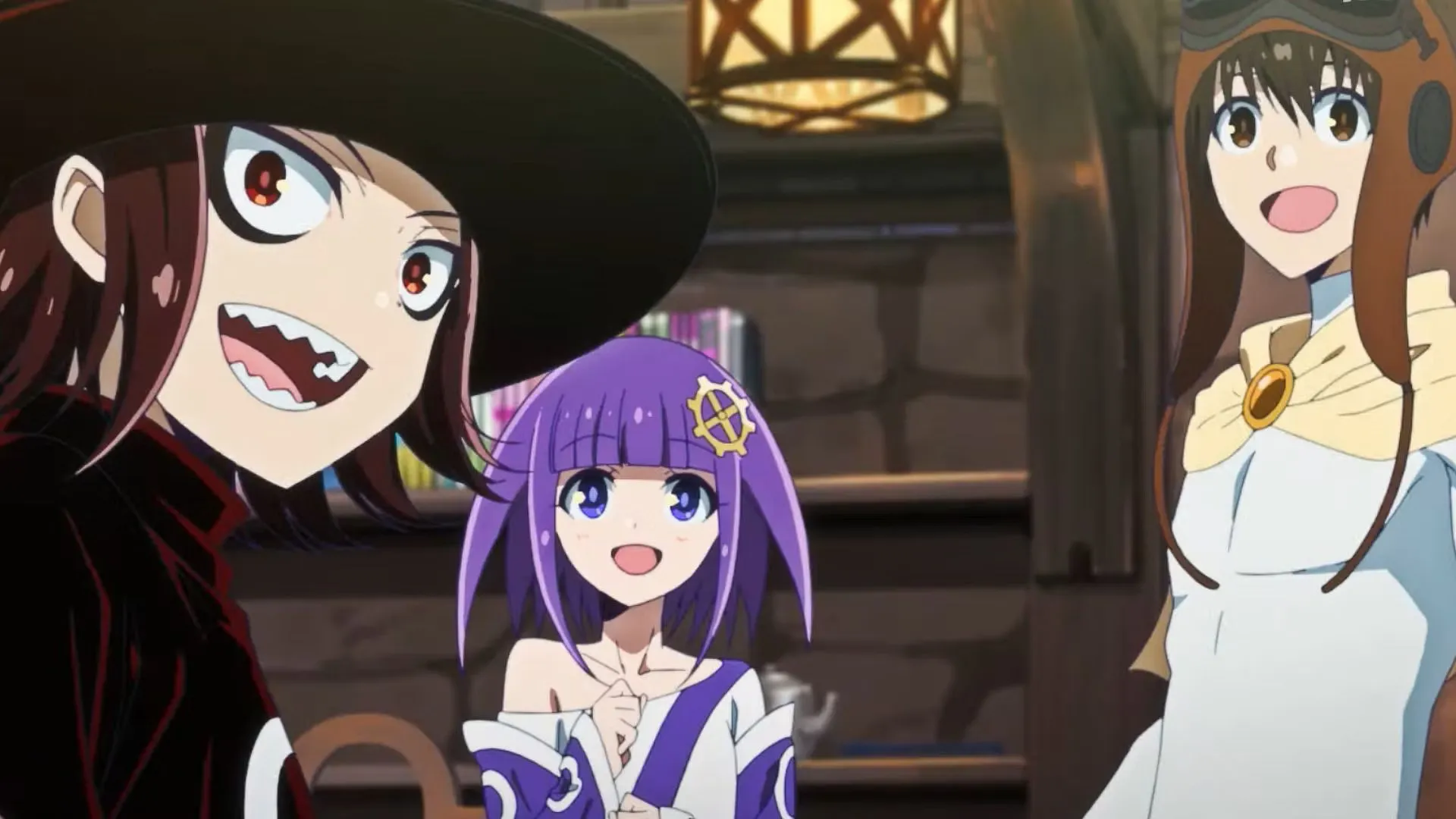With games creating whole virtual worlds, with stunning landscapes, powers, and storylines, it’s easy to escape into the fictional simulations, to the point of being addicted. Good Night World reimagines this idea in the present as a family drama, where video game addict Tachiro Arima struggles to relate with his family because of his addiction. As the show progresses, the game integrates with the real world, with real life-threatening consequences, but the show slowly uncovers how this game unraveled the Arimas’ family bonds, through neglect, depression, and shared trauma. It’s an interesting series about connection and video games, if you can get into the world of the series.
Synopsis
A shut-in older brother. A high-achieving younger brother. A father who is not respected by his own children. A mother who neglects her own household. This is a broken family, and none of its members know that they are all players in an online game.
Storyline
Miserable with their real world struggles, four players cope through playing the virtual reality video game Planet as a team, the powerful Akabane Family, unaware that they’re actually one in real life.
TLDR
What’s up with dysfunctional families in animanga?
What stands out
With its premise, Good Night World has to build two separate worlds – the real world, and the virtual reality of Planet. There are some distinctions. The video game has the styling expected in any anime, with all the unusual hair and eye colors, fantastical powers, and strange creatures, but reality looks gray and unsaturated compared to the video game. This idea is interesting, especially as the virtual world starts to affect the real world, but it feels like the distinctions made between the two worlds could have more contrast. Compared to the level of detail in games like Genshin Impact, Good Night World’s virtual reality seems a bit bland, though it does match the art style of the source material.





